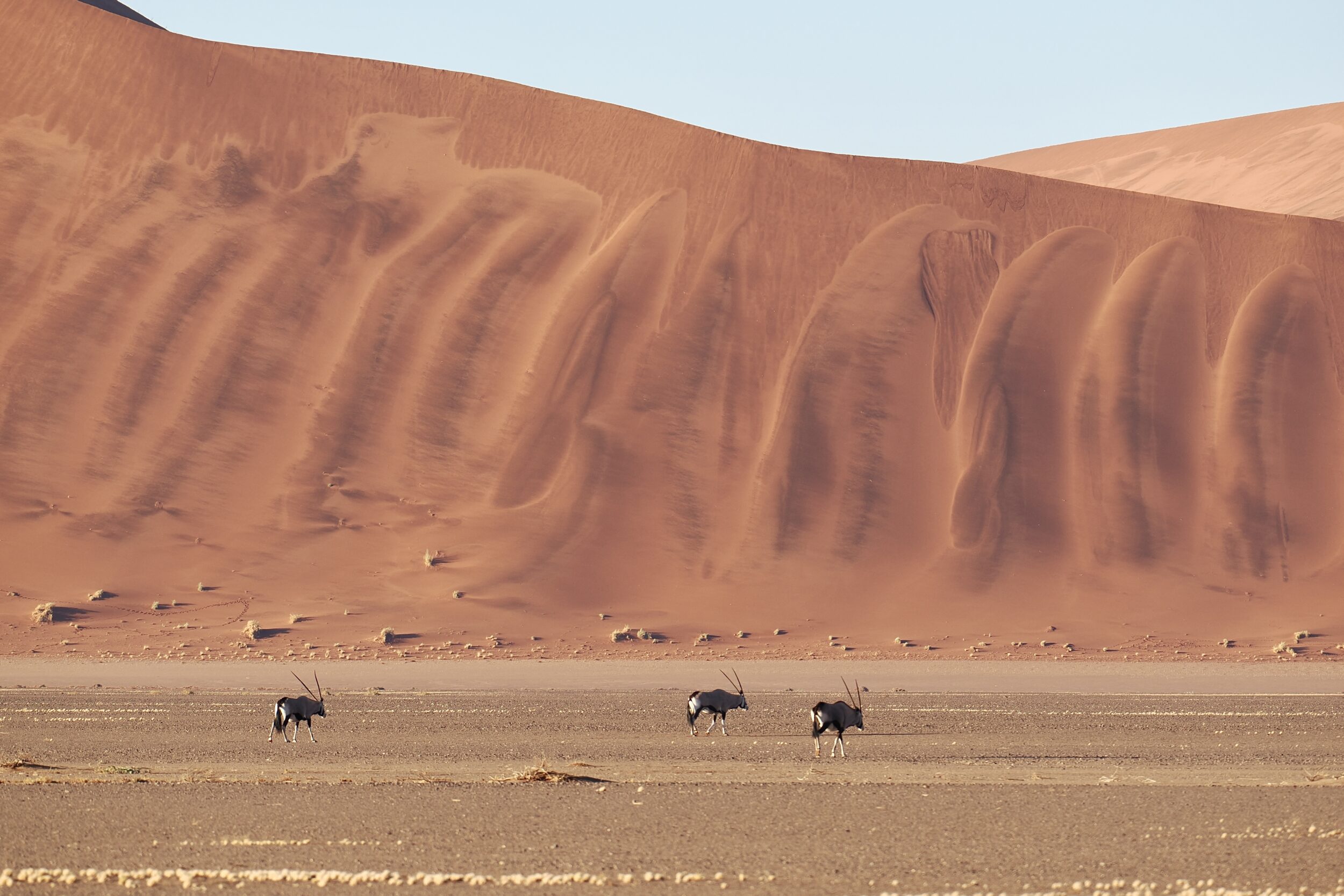Generally, when it comes to encountering wild animals, humans think, “the closer, the better”
Many wildlife photographers think similarly; they spend large sums of money on huge lenses that prove equally damaging to owners’ bank balances and backs.
Photographers usually try to ensure that the splendid beast/s “fill the frame”.
A shallow depth of field is favoured, thus emphasising the beast’s splendour, and minimising any “distracting” background detail…although “attractive” bokeh is more-than-acceptable.
(if “bokeh” is new to you, click here)
But, but…
…why should “good” wildlife experiences and images necessarily require the animal to dominate or obscure the relevant environment?
Imagine an elephant occupying a tiny part of an East African landscape in which the otherwise-flattish horizon is “interrupted” by Mt Kilimanjaro.
Would your experience – or your photo – really be “better” if your focus was on the elephant, only?
Over six decades or so I have (greatly) enjoyed countless encounters with kangaroos.
My own little mountain of ‘roo photos and memories includes some “so close, you could count the eyelashes” moments.
However, one of my favourite occasions – and photos – involved a single, distant kangaroo, exquisitely placed in a vast Tasmanian landscape, lit by a low sun.
In 1971, again in 2006, and in 2022 I have loved every one of many sightings of the largest of the world’s four oryx species.
Oryx gazella – gemsbok – is Namibia’s emblematic mammal.
Yes, it is wonderful to find oneself very close to any member/s of such a magnificent species.
However, it is equally wonderful to see more distant gemsbok, “punctuating” their equally magnificent arid environment.
The photo (copyright Doug Spencer) was taken at 6.53 am on 22 November 2022, near Sossusvlei.
The photo’s huge dunes (which are nowhere near the biggest in this area) are at the southern edge of the Sossuvlei section of the Namib Desert’s sand sea.
Gemsbok are astonishingly-adapted to their particular environment…as will be explained in a future, multi-image post.

Beautiful image, thanks